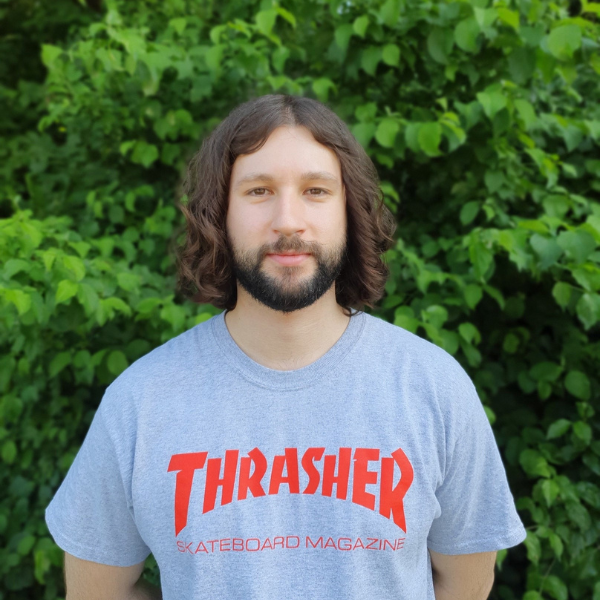Julian Suk
Julian is a postdoctoral researcher at the Munich Center for Machine Learning (MCML) and Institute for AI and Informatics in Medicine at the Technical University of Munich (TUM). His research interest is geometric deep learning applied to cardiovascular hemodynamics modelling and cortical surface analysis. Julian received a MSc in applied mathematics from TUM and his PhD from the University of Twente. During his PhD, Julian completed an internship at Qualcomm AI Research in Amsterdam.
Project
Cortical surface analysis is a field in biomedical science that deals with brain scans that are segmented and subsequently converted into polygonal surface meshes representing the white matter and pial surfaces of the human brain. The geometry of the cortical surface can be linked to pathology like epileptogenic lesions or biomarkers like postmenstrual age by means of geometric deep learning [1,2]. Cortical surface analysis has traditionally been performed by diffeomorphically deforming the wrinkly surface to a sphere and making up for the loss of information about the surface structure by mapping a collection of scalar quantities (curvature, depth of the sulci, etc.) to the sphere. This output is then used to perform estimation of local or global quantities of interest. Those quantities of interest are however highly informed by the surface structure, e.g., young brains are typically less wrinkly than mature ones.
In this project, we address the question to which extent the surface structure could be used directly - without morphing to a sphere - to improve cortical surface analysis. We consider the task of cortical parcellation (segmentation into functional brain regions) and will start by benchmarking a collection of baselines (e.g., PointNet++ [3], DiffusionNet [4] and geometric algebra transformer (GATr) [5]). Notably, the cortical surface has a lot of folds and wrinkles which means Euclidean distance is not a reliable similarity measure between points. We will investigate and try to quantify to which extent the baseline models can learn powerful representations of the surface. We will then use the resulting insights to brainstorm and benchmark novel architectures. Those should be scalable, since faithful representation of the cortical surface requires finely discretised meshes. The project will likely take the form of a hackathon, but participants will be flexible to focus on their own interests and theoretical contribution is more than welcome.
[1] Ripart et al., Detection of Epileptogenic Focal Cortical Dysplasia Using Graph Neural Networks: A MELD Study, JAMA Neurology, 2025
[2] Dahan et al., The Multiscale Surface Vision Transformer, Medical Imaging with Deep Learning, 2024
[3] Qi et al., PointNet++: deep hierarchical feature learning on point sets in a metric space, Proceedings of the 31st International Conference on Neural Information Processing Systems, 2017
[4] Sharp et al., DiffusionNet: Discretization Agnostic Learning on Surfaces, ACM Trans. Graph., 2022
[5] Brehmer et al., Geometric Algebra Transformer, Proceedings of the 37th International Conference on Neural Information Processing Systems, 2023
